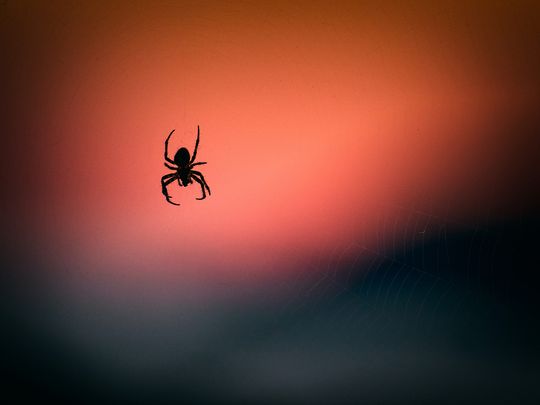If snakes or spiders send a chill down your spine, you can guess the impact they could have on little kids.
Click start to play today’s Spell It, where we learn how to help kids ‘divest’ themselves from their fear of animals so that they can have more enriching experiences.
We actually have little to fear from most scary animals, like sharks, spiders and snakes. For instance, sharks are known to kill just four humans a year, on average, according to the US-based Florida Museum’s website. It’s far more realistic to say that animals have much more to fear from humans.
According to a July 2020 report in the National Geographic, the earlier children are exposed to ‘scary’ animals, the better chance they might have of experiencing them through the lens of wonder, curiosity and fascination, rather than fear.
Here are some tips on how parents can change the narrative for their kids, according to the National Geographic report:
1. Sharks
Image Credit: Reuters
At the top of the food chain in their ecosystem, sharks keep smaller predator populations in check. And with more than 500 species, with distinct and different features, children are sure to find one that they can call a favourite. One of the best ways parents can introduce kids to sharks is by taking them to the zoo or aquarium, to show them how peaceful they are. Books and nature documentaries that explain their biology and their role in their habitat, can help. For instance, the banana sized dwarf lanternshark has pockets on both sides of its face, which can light up in the dark! Which child wouldn’t be eager to tag it as their top shark?
2. Snakes
Image Credit: Unsplash/Steven Brown
Snake species are known for preying on mice and other small rodents, helping keep pest population under control. According to an August 2019 study in the journal Molecules, scientists have been successful in using snake venom to create new medicines with wildly beneficial results – the control of high blood pressure, breaking up of blood clots, and reduction in the risk of heart attacks. It’s worth letting kids know that humans are snakes’ predators, and not the other way around. Even venomous snakes try to remain still, and avoid making their presence known, when human beings pass by in their vicinity. One way of teaching kids the value of snakes is by focusing on non-venomous species like garter snakes and corn snakes. You could encourage them to interact with them at the zoo, and point out the various patterns on their skin, so they appreciate that even snakes can be wonderful.
3. Spiders
A March 2017 study in the journal The Science of Nature found that the world’s spiders eat nearly 900 million tons of insects and other small creatures each year. They’re natural pest controllers, and do so in ways that would fascinate little kids – they can walk on walls and build their own traps, with some even hunting fish underwater. Since humans are like skyscrapers to little spiders, there’s rationally no reason to be afraid of them. So, the next time you come across one, you could slowly cover it with a class and then slip a piece of paper or cardboard underneath. This would allow your child to get a closer look and learn that there’s nothing to fear.
Which creature is your child afraid of? Play today’s Spell It and tell us at games@gulfnews.com.
